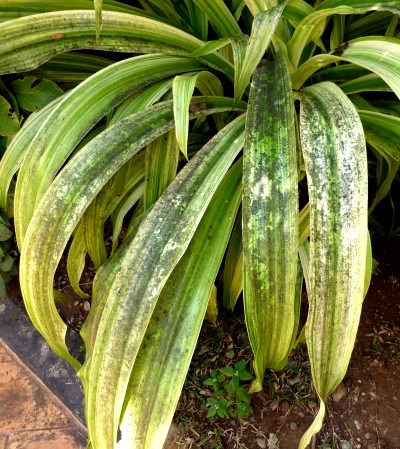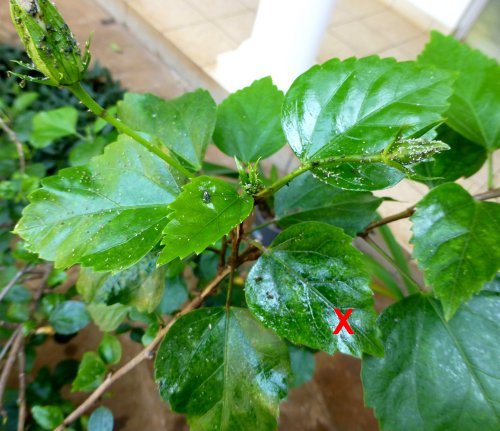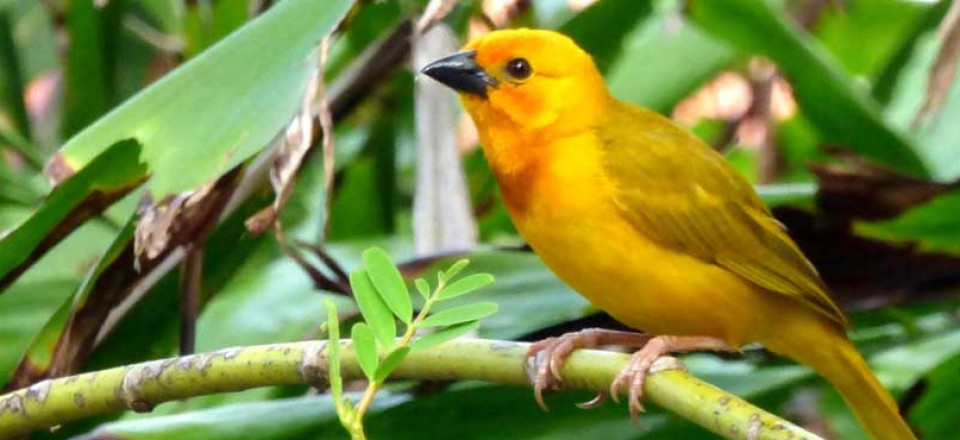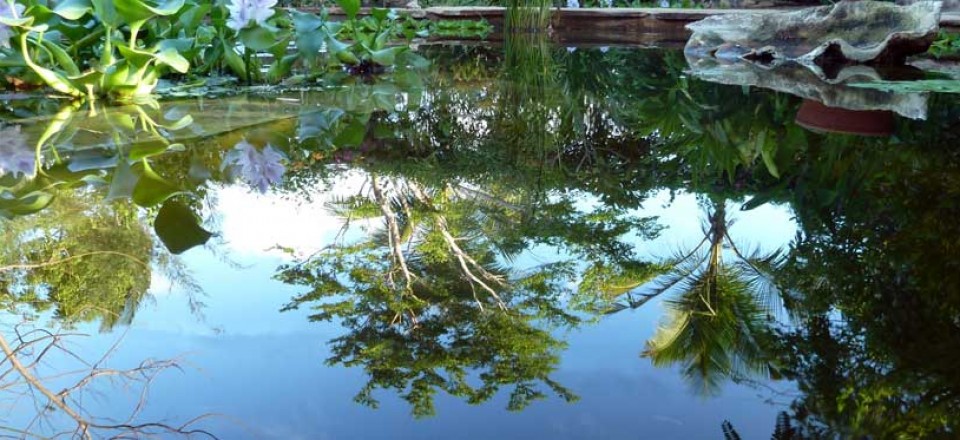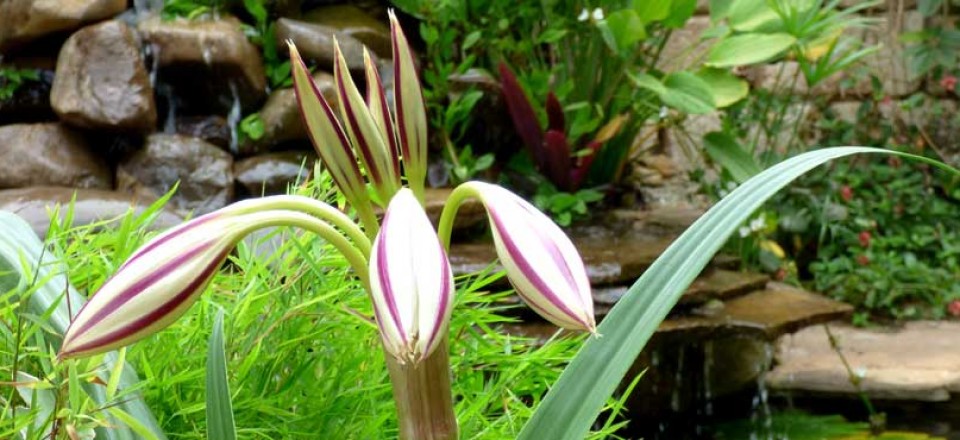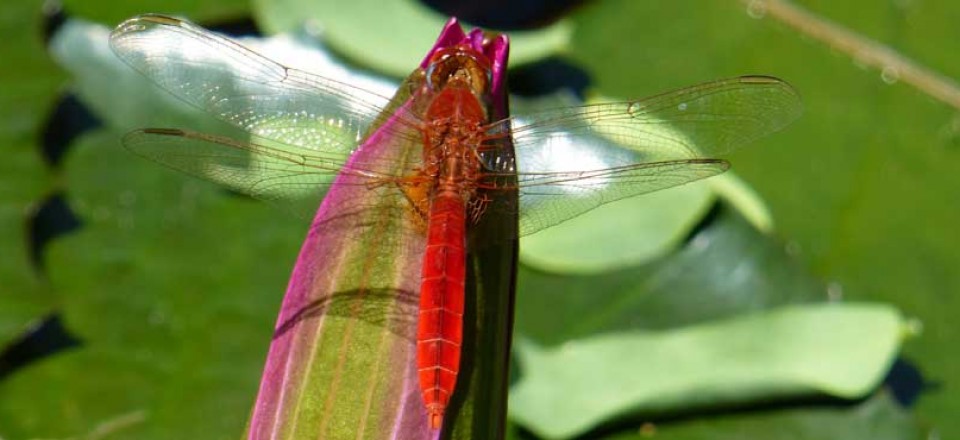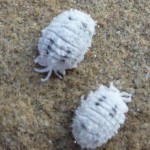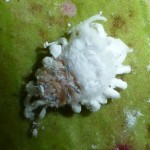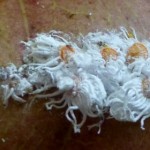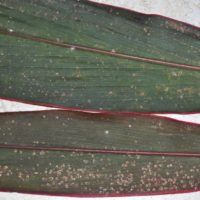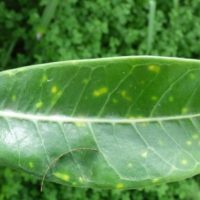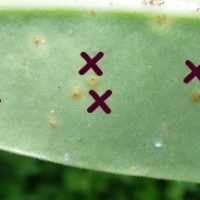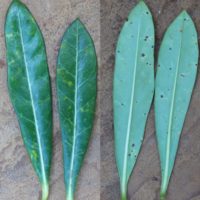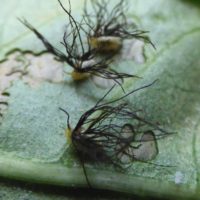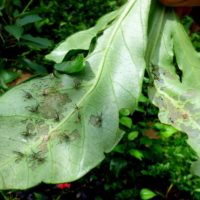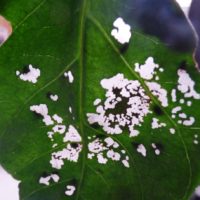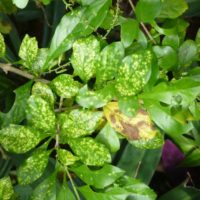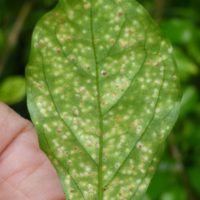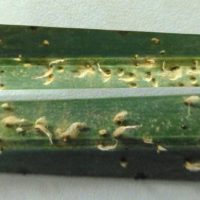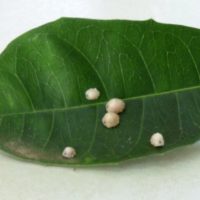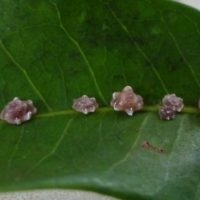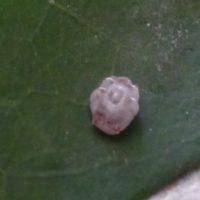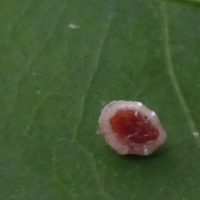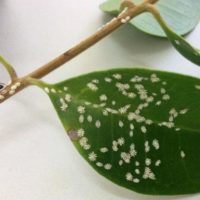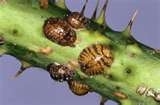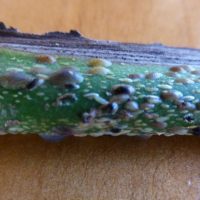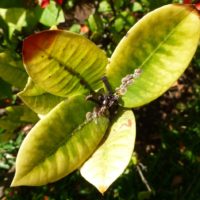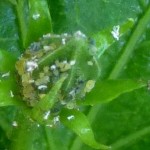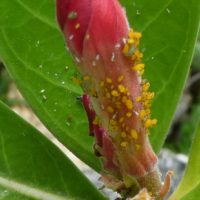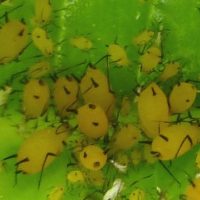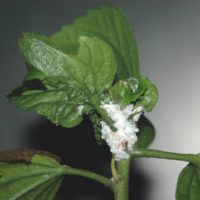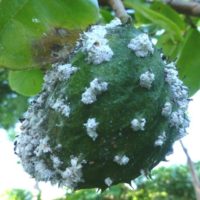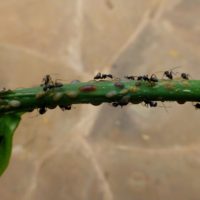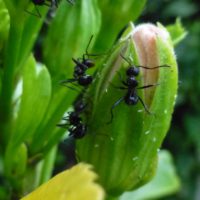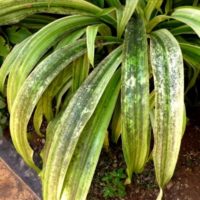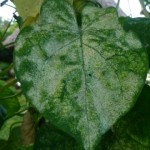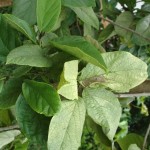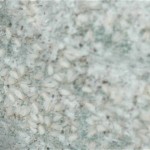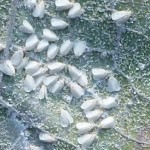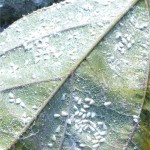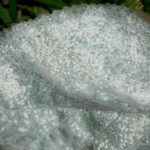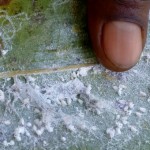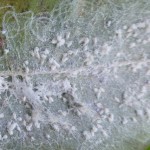Mealybug, Scale and Aphids
Mealybug, Scale and Aphids (greenfly) call them what you like, are all bad news in a flower garden. They so breed fast, the plant quickly becomes infested, it is the sheer numbers of these creatures sucking the sap from the plant damaging its ability to process food properly, causing the plant to lose strength.
These all produce large amount of honeydew (excrete) ants feed on this; some also falls on to the plants’ leaves causing black sooty mould. If the cause of the fungus is not treated, (dealing with these creatures) the fungus that spreads over the leaf blocking out the sun and preventing photosynthesis.
Mealybug
The Mealybug is protected by its powdery waxy coat; eggs are covered under a cotton-like covering
Planococcus citri – Different varieties of Mealybug
Scale
Scale on stem can be difficult to notice, they have coats that protect them from sprays. The female lives under a scale cover for its entire life, it is usually headless, legless and wingless, and she reproduced up to 150 eggs then dies. Others live on leave tops, these are easier to
Scale found on Cordaline leaves
The yellow spots on the front indicate a problem on the underside.
Scale on Adenium leaves.
Hairy Scale showing damage these creatures do to the leaves of the plant
Scale damage on leaves
Hairy Scale found on Palms – Hard shell Scale
Hard shell Scale
Star Scale
Scale on Stem
Scale on Spathyllium stem
Scale on Ixora
Aphids
In the tropics Aphids give birth to up to 100 live young at a time and within a week these are reproducing!
Aphid on Hibiscus
Aphis neri on Adenium
SYMPTOMS TO LOOK FOR
The plant appears to be covered with small insects coated with white cotton-wool.
Distorted buds on Hibiscus, these are easily recognisable. The Mealybug and the eggs hide within the distorted area, they are impossible to see or kill with spray.
If you notice ants on your plant you can be sure there is something attracting them. Find the culprit and treat.
Ants protect and farm the Mealybug feeding on the honeydew excreta of these creatures.
A Blackened leaves on a plant is Black sooty mould.
Bent growing point of Hibiscus The white on Annona nuricata is easy seen.
Ants only feed on the honeydew, so ant mean there is something more
Dirty leaves like this is a tell tale sign
NON CHEMICAL CONTROL
Be watchful and treat any outbreak immediately.
If the infestation is not too bad, pick off the creatures by hand. A small cheap paint brush makes the job easy.
Check frequently to make sure all the culprits are destroyed.
Prune off Hibiscus buds if they are distorted there is no alternative.
Also prune away any heavily infested parts of the plant.
Mixing four table spoons of dish washing liquid into a cup of vegetable oil (the soap helps disperse the oil). Mix 1 part of this to 20 parts of water and spray the plants. This mixture suffocates the creatures.
CHEMICAL CONTROL
If all fails use a chemical product.
Read the instructions carefully.
As well as these bad creatures there are lots of good ones on the plant too
Spray as late in the evening as possible.
If possible remove Ladybirds and other good creatures.
Chemicals can kill humans – usually very slowly, wear proper protection and wash after spraying
Red Spider Mite
These are impossible to see with the naked eye but the damage done is easily recognised. They live on the underside of the plant leaves and when there is a large infestation, the plant can be covered with a fine silk webbing. When being attacked by the mite, the plant leaves turn a pale yellow, almost white colour.
The spider mite thrives in hot dry conditions and, with temperatures of up to 100 degrees F, the life cycle can be as little as five days so they quickly achieve large numbers, all sucking the sap from the plant and causing the loss of chlorophyll, which often kills the plant.
NON CHEMICAL CONTROL
I have tried these and they work quite well. Be watchful and treat any outbreak immediately.
- Prune and destroy heavily infested areas of the plant, making sure that whilst doing this you don’t spread the spider mite onto other plants. Immediately place the cut pieces into a bag and burn or take them as far from the garden as possible.
- Mix carefully, so there are no lumps, half a cup of clothing starch or cornflour with half a cup of milk . Add 4.5 ltrs of water and a few drops of washing up liquid. Spray the plant. This does not affect the eggs so the spray must be repeated every few days until all the mites are gone.
This second recipe is also tried and tested and it helps deter spider mite and other sucking insects attacking your plants in the first place.
- Blend until fine in 1 cup of water: 30 grams of garlic, 90 grams of onion, 30 grams of cloves, and 30 grams of Cayenne pepper.
Add this to approx 4 ltrs of water at room temperature with a few drops of washing up liquid. Spray the plants and repeat until you have got rid of the spider mites. Note:- the spray will not kill the mite eggs.
CHEMICAL CONTROL
Ladybirds prey on the mites so try to avoid the use of chemical sprays.
For private use it is difficult to find a chemical product that will control these terrible creatures.
Whitefly
Whiteflies are not true flies as they are relatives of mealy bugs, scales and aphids. They are to be found on the underside of the plant leaves, banana being among their favourite. They are easy to identify as when a plant with an infestation is disturbed, the whitefly take off and these minute things flit everywhere. They breed fast and suck the plant’s sap causing the plant to lose strength and become prey to other problems. Watch out for whitefly eggs which are laid on the underside of the newest leaves in a circular pattern. Sprays don’t harm the eggs hence further attention is always necessary.
These images show a serious infection, whitefly with the wings, more bad infections of the pests.
My way of dealing with whitefly and eggs. It is very effective
NON CHEMICAL CONTROL
I have tried these and they work quite well. Be watchful and treat any outbreak immediately.
- Prune and destroy heavily infested areas of the plant, making sure that whilst doing this you don’t spread the spider mite onto other plants. Immediately place the cut pieces into a bag and burn or take them as far from the garden as possible.
- Mix carefully, so there are no lumps, half a cup of clothing starch or cornflour with half a cup of milk . Add 4.5 ltrs of water and a few drops of washing up liquid. Spray the plant. This does not affect the eggs so the spray must be repeated every few days until all the mites are gone.
This second recipe is also tried and tested and it helps deter spider mite and other sucking insects attacking your plants in the first place.
- Blend until fine in 1 cup of water: 30 grams of garlic, 90 grams of onion, 30 grams of cloves, and 30 grams of Cayenne pepper.
Add this to approx 4 ltrs of water at room temperature with a few drops of washing up liquid. Spray the plants and repeat until you have got rid of the spider mites. Note:- the spray will not kill the mite eggs.
CHEMICAL CONTROL
Ladybirds prey on the mites so try to avoid the use of chemical sprays.
For private use it is difficult to find a chemical product that will control these terrible creatures.
Black Sooty Mould
Black sooty mould on plants is a sign of problems beyond mere fungus. The mould forms due to sap sucking insects like aphids, scale, whitefly and mealy bugs which excrete large amounts of a sticky, sugary substance commonly called honeydew which falls on the plants foliage. Treating sooty mould, therefore, is not a matter of just removing the mould. For a long-term solution to this problem, sap sucking insects must be removed.
Apart from being un attractive if it is allowed to go un treated the plant will suffer. The plant needs energy from the light of the sun or artificial light to digest the food in the soil and grow. This is called photosynthesis and the fungus prevents this action from taking place. It can slow the plant growth and reduce the long-term vigour of the plant
SYMPTOMS
If there are ants moving around on the plant, it is a sure sign that there is some aphid feeding on the plant as the ants feed on the honeydew. They are even known to ‘farm’ the aphids, bringing them closer together so that they can collect the honeydew more efficiently.
If the leaves of the plants are very shiny – this is the honeydew falling on the leaves
If the leaves of the plant look dull even black – the fungus has started to grow
Check the plant to find out what insect is causing the infection in the first place and deal with them.
HOMEMADE CONTROL FOR SAP SUCKING INSECTS.
- Mix 2 tablespoons of cooking oil and two tablespoons of baby shampoo in 1 gallon of water. Use directly on the affected plants.
TO TREAT BLACK SOOTY MOULD
- Add 2 tablespoons of baking soda to the above mixture mix well and spray the leaves affected with mould.
- The baking soda mixture should be washed off after a short while.
(Capnodium is the fungus commonly known as Black Sooty Mould)
